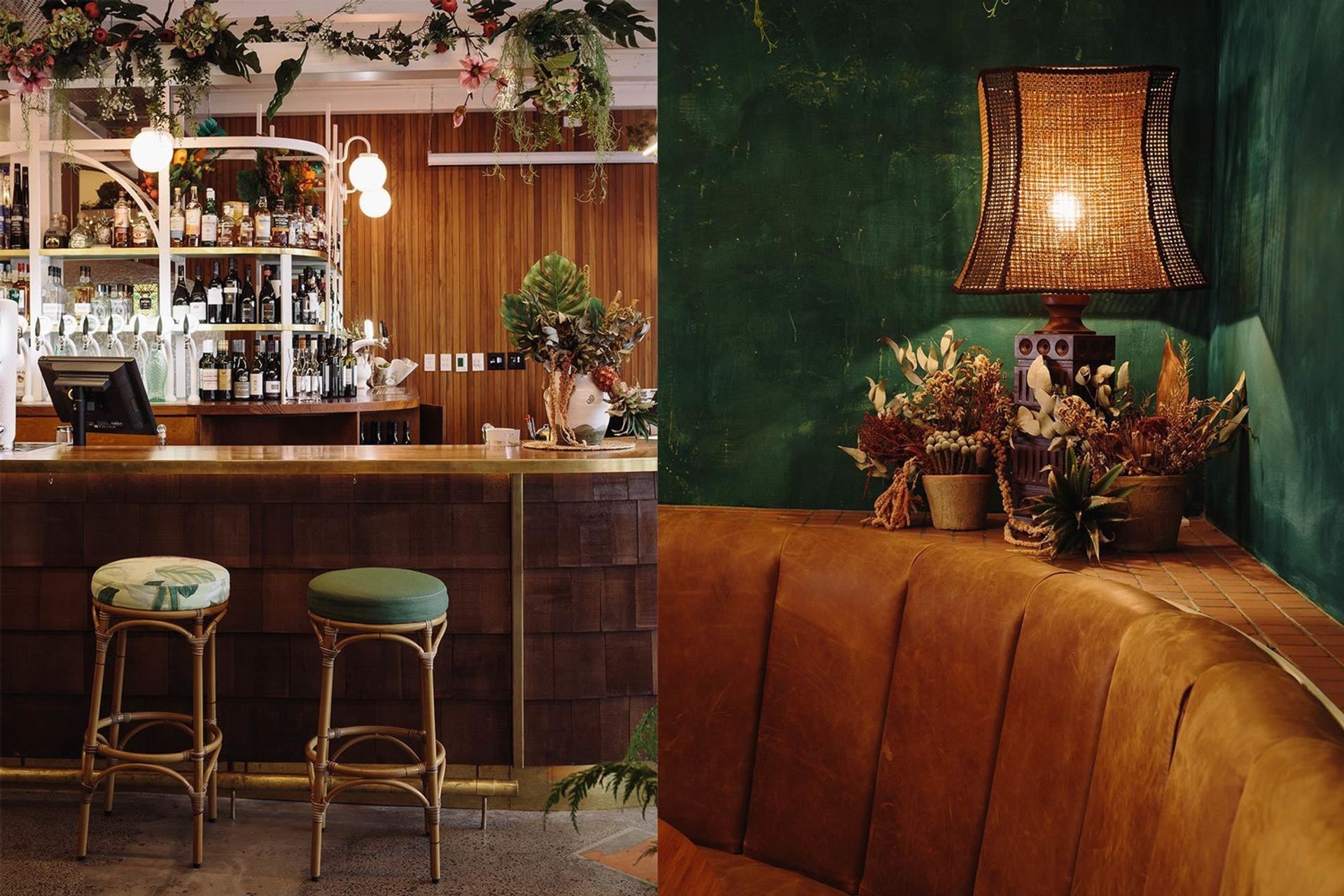How restaurants are influencing the way we design our homes
Written by
09 June 2019
•
5 min read

As New Zealanders eat out more and more, restaurant interiors are increasingly influencing the way we design our homes. ArchiPro discussed this design trend with Chris Stevens of CTRL_ (CTRL Space), designers of some of the country’s coolest eateries..
Last year, a hospitality report by the Restaurant Association of New Zealand indicated that Kiwis are eating out more often, with record sales of more than $11.2 billion. Alongside this trend, bars and eateries are showing a greater degree of experimentation in their designs than we have previously seen, similar to what you might find in London, New York or Sydney.
New Zealanders are also becoming much more adventurous when creating the interiors of their homes. The growth in social media, architecture-inspired television programmes and magazines, in addition to easy online access to inspiration from around the world, is creating a more design-savvy population.
“When people visit a hospitality venue now, they expect to be ‘wowed’ and that’s all part of the experience – and I think that trend is ever increasing,” explains Chris Stevens, founder of CTRL_, an innovative design studio based near K' Roa, Auckland. “People want more than just to go out for a beer and something to eat, they want a full immersive experience – from the décor through to the service.”

Most restaurants are one-offs and, as a result, hospitality design is an area where almost anything goes, so there are plenty of avenues for experimentation. “Some might say that these designs have a short lifespan but, from a design point of view, it allows freedom of expression and to create something new each time,” says Chris.
He believes that this experimentation is encouraging people to have more confidence to try new things in their homes. “People don’t always have access to the latest design trends in their usual homeware stores because there’s a trickle-down effect to retail stores and into home environments, but restaurants and bars offer something new and different.”
The growth in restaurants and bars with more experimental interiors allows people to actually experience a design in context. “They can see the materials or finishes, the light fixtures and fittings – the elements that are on or ahead of the trends, not just in print or online. They can go into a space and see, touch, feel and understand how a trend translates into a context,” says Chris.
“There is this great opportunity for people to cherry-pick what styles they like and to apply it to their own homes, whether it’s one or two pieces or an entire interior,” he says. “It’s easy to make an assumption on a materials board or mood board, but, until you see those elements together in an environment, it’s hard to know if it will work and be cohesive.”
Over the past decade, the industrial look that was first seen in restaurants around the country became a big trend in home interiors too, and it relates well to other popular trends in New Zealand, such as the contemporary rural aesthetic and our love of ‘shed’ architecture. It also appeals to a tight budget!
“In an international sense, the industrial trend was born out of the GFC (2007–2008), when budgets were low and people weren’t building brand new restaurants and bars, and they were repurposing everything and reusing spaces and other elements. So, you strip a brick wall back, expose the conduit on the wall and add crude light fittings – initially, that was the driver for the industrial vibe. Then, over time, it became more commonplace and filtered into the mainstream – now you pay more for recycled weatherboards then you do for new ones,” he jokes.
Chris also suggests that because New Zealand architecture doesn’t have strong historical references, we tend to seek out history and patina. “If you look at the buildings around Auckland and our older cities, there are only a handful of heritage buildings, so when something of character does come up, our approach is to celebrate that and not cover it up,” says Chris.

Having completed in excess of 300 projects, CTRL_’s projects are as diverse as they are numerous, taking on a new personality each time a new one is created. For example, two recent designs by the studio, both located in Auckland – Xoong, a Japanese-Chinese-inspired restaurant in Mount Eden, and La Fuente, a small Mexican wine and mezcal shop and bar in Snickel Lane – are completely different.
“We want people to walk into one of our restaurants or bars and say, ‘This is cool, I wonder who did this?’ rather than, ‘Oh, that’s a CTRL_ project!’” remarks Chris. “There are common threads in our work but we try to approach every project anew, without any preconceptions.”
“When we design, we conduct a detailed design strategy upfront to make sure our decisions are totally relevant and appropriate to the client, the projects’ target demographic, the budget and the project in itself. That leads to the design outputs being quite unique in all senses. We don’t have a favourite material or item that we regurgitate very time. If it’s relevant, then we might use it again but, if not, we will seek something completely different.”
Restaurants and bars appear to be the last bastion of social interaction, suggests Chris. “People are only going out purely for these types of experiences because they are so connected by other means now. It’s an exciting genre in which to be involved.”
Words by Justine Harvey.
Photography by Jason Creaghan.
Top image: CTRL_'s XOONG restaurant in Mount Eden, Auckland, combines Asian and Scandinavian influences.
